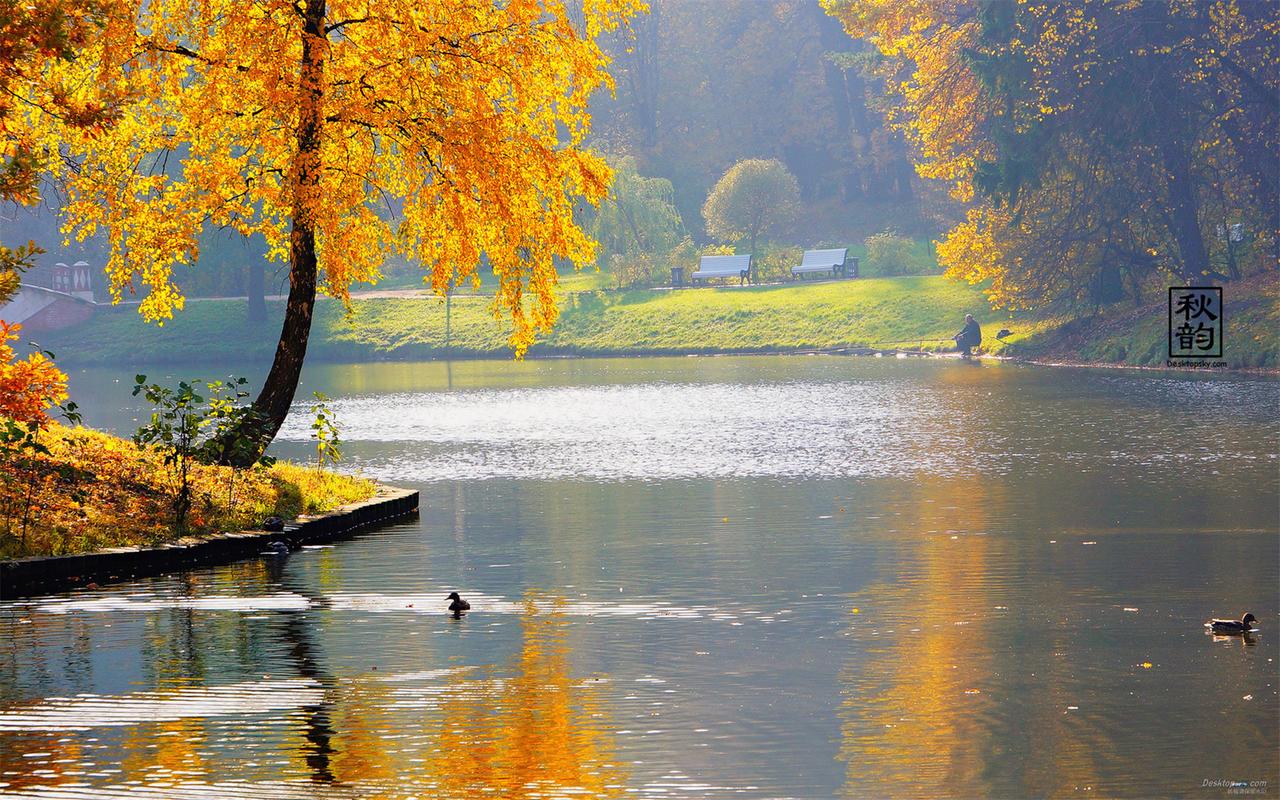The Fascinating Pop Culture Obsession with Dragons: Exploring the History and Evolution of Dragon Imagery in TV, Movies and Video Games
Dragons have been a vital element in popular culture for centuries, constantly appearing in TV shows, movies, and video games. They fascinate people of all ages, from kids to adults, and often take center stage in the entertainment industry. From the portrayal of dragons as mythical creatures to their depiction as creatures with more human-like qualities, the evolution of dragon imagery in media has been a long and interesting one. Let’s explore the history and evolution of dragon imagery in popular culture.
The History of Dragons
Dragons have always been a part of human mythology. From the Chinese dragons portrayed as symbols of power, wisdom, and good luck to the western dragons portrayed as symbols of evil and destruction, dragons have been used to represent virtues and abilities beyond human comprehension.
The early mentions of dragons can be seen in medieval bestiaries, which described dragons as fearsome creatures that could breathe fire and spew venom. Medieval paintings and sculptures portray them as monstrous beasts that should be feared.
As time progressed, dragons evolved into anthropomorphic creatures with their own personalities and traits. They became less of a symbol and more of a character, often portrayed as the antagonist or protagonist in a story.
The Evolution of Dragon Imagery in TV, Movies, and Video Games
The portrayal of dragons in media has evolved over time. From the 1902 silent film “Le Voyage dans la Lune” to the 2000s popular TV series “Game of Thrones,” the depiction of dragons has come a long way.
Dragons have been portrayed in various ways throughout history, depending on the culture and time period. In ancient Greek mythology, they were seen as powerful and independent creatures, while in medieval Europe, they were portrayed as dangerous and hostile beasts.
In modern-day media, dragons have evolved into more complex and relatable characters. They’re no longer just a monster to be feared, but rather a creature with emotions and feelings. Characters like Toothless from “How to Train Your Dragon” and Saphira from “Eragon” are perfect examples of this trend.
The Key Takeaways
The fascination with dragons has been prevalent in popular culture for centuries, and it continues to capture the imaginations of people of all ages. They have evolved from a fearsome beast to a complex and relatable character in modern entertainment.
The evolution of dragon imagery in TV, movies, and video games has been a long and interesting one, and the portrayal of dragons as anthropomorphic characters with their own personalities and traits can be seen as a reflection of our changing attitudes towards diversity and empathy.
In conclusion, the obsession with dragons has stood the test of time, and it’s clear that they will always hold a special place in our hearts and imaginations.
(Note: Do you have knowledge or insights to share? Unlock new opportunities and expand your reach by joining our authors team. Click Registration to join us and share your expertise with our readers.)
Speech tips:
Please note that any statements involving politics will not be approved.
